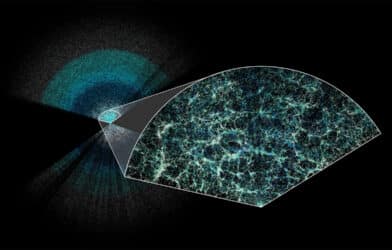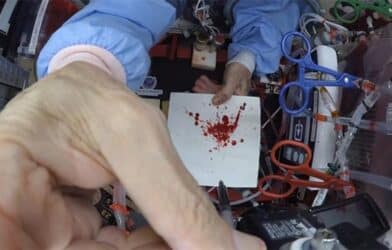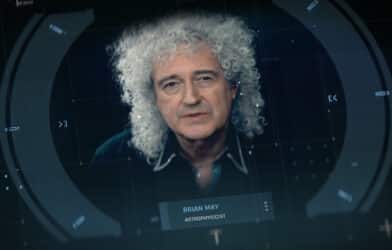In the explosively popular video game “Portal” and “Portal 2,” both were smashing hits thanks to the titanic voicing effort of the cast and, in particular, Ellen McLain. She voiced a similar version of HAL 9000 in the science thriller.
Her rendition of HAL 9000, called GLaDOS, became one of the most beloved villains in video game history.
She promises us a mouth-watering chocolate cake topped with plump strawberries and brightly colored candles at the end of the series of seemingly harmless tests. These tests progressively get more fatal and insanely dangerous. GLaDOS becomes twisted due to corruption and developing self-awareness.
This self-awareness is gained due to events that upset the entire facility and even put you (the heroine) and GLaDOS in the same pocket of distress. You both become allies. She shows different humanistic behaviors in your adventure with her, compassion, mercy, and even genuine appreciation for you.
We do not need to fear a “ghost in the shell” situation here, yet. Manu Nair, a Ph.D. candidate at the University of Lincoln has been captaining a team to propel robotics to new heights.
Nair has been researching and applying the complicated alchemy of blending flesh and bone mechanics into synthetic ones. “We need to introduce sustainable, futuristic technology to support the current and growing orbital ecosystem,” he says in a statement.
The future of space exploration is here, and it’s developed by robots
Our Earth is growing up and out. The Earth will soon become crowded as resources dwindle, global warming impacts us, and weather patterns shift. Nair and his team are critically key links to handling one of our toughest tasks yet: space maintenance that can be done safely and with minimal risk.
“As the scale of space missions grows, there is a need for more extensive infrastructures in orbit. Assembly missions in space would hold one of the key responsibilities in meeting the increasing demand.” Nair said.
The robot called an “E-Walker” has a 7-point articulation system allowing 7 degrees of bodily movement and freedom. The hands are dextrous and holds tools to perform tasks that require fine motor skills. It might seem like slow and clunky steps but this is an incredible step forward, like children learning to walk.
Telescope assembly in space (some assembly required*)
The robot’s testing began by assembling a 25m long LAST or a Large Aperture Space Telescope. A LAST is impossible to assemble and put into orbit as they are too large and require microgravity assembly. Nair points out that the prototype is a scaled-down version of what is to come and they are already excited at the proposed usages this design of the larger can involve.
“The analysis of the scaled-down prototype identifies it to also be an ideal candidate for servicing, maintenance, and assembly operations on Earth, such as carrying out regular maintenance checks on wind turbines,” says Nair.
The E-Walker could perform all tasks autonomously, with no human intervention required, eliminating the need for expensive human labor and reducing environmental damage caused by human activity.
GLaDOS may not manifest herself into this E-Walker but the hearts and souls of the dedicated project team pour themselves into artificial life.












